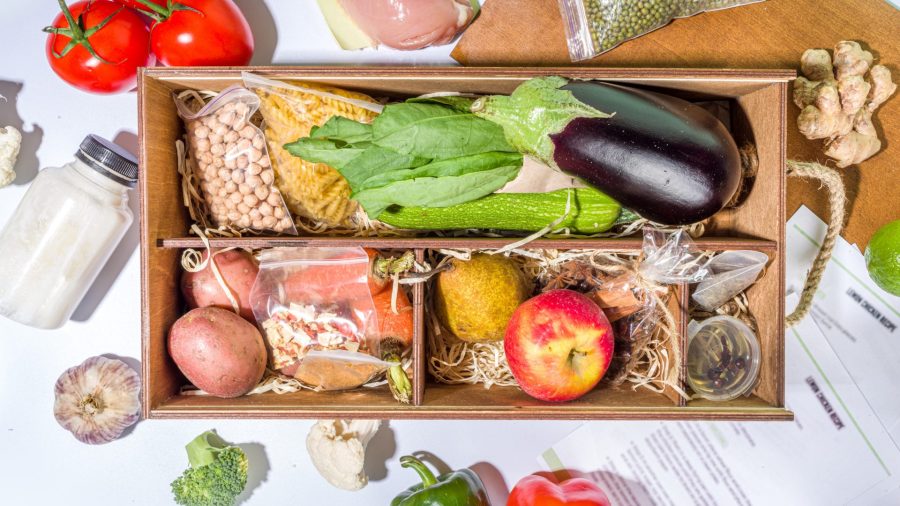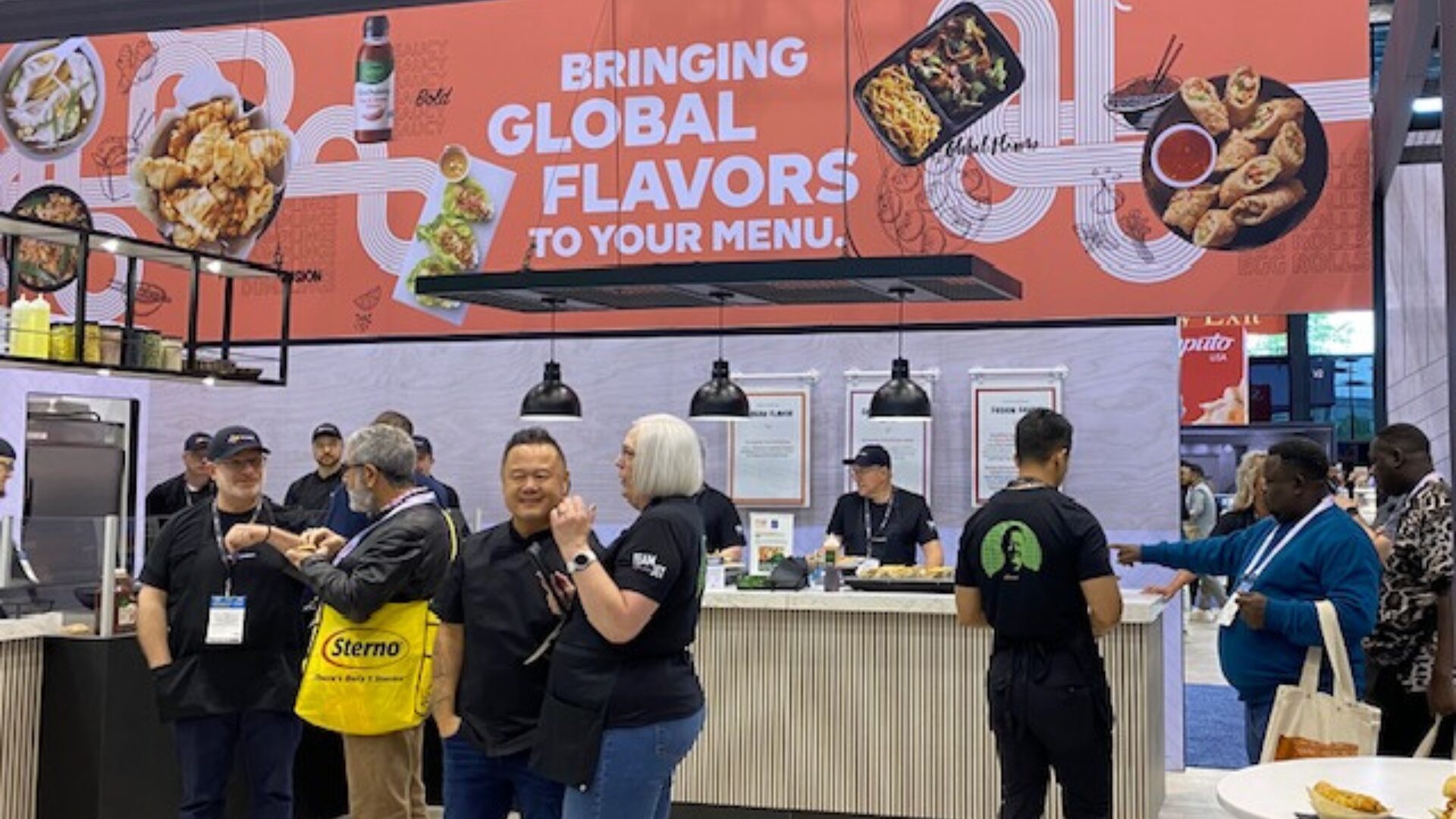New consumer research suggests that meal kits are gaining momentum – especially with young adults.
According to research from Culinary Visions, an insights and trends forecasting practice, 49% of consumers ages 18-34 say meal kits are now part of their weekly grocery routine, reported Progressive Grocer (May 6).
“Meal kits appeal to young adults for a variety of reasons, including convenience, value, experience, and sustainability,” a Blue Apron spokesperson told The Food Institute.
The Blue Apron spokesperson added that young families seeking healthy, high-quality ingredients is driving demand for more four-serving meal kits, noting “We believe families are the largest growth opportunity for our business.”
The Culinary Visions study of more than 2,000 U.S. consumers, conducted in March, also revealed that 91% of respondents said they enjoy cooking at home and 76% think of themselves as adventurous eaters.
After first gaining popularity in Europe 15 years ago, meal kits gained a foothold in the U.S. market a decade ago. In recent months, marketers have been updating their meal kits for value-conscious consumers, Progressive Grocer reported. And the timing has been spot on considering the rise in inflation.
A late-2021 article by U.S. News & World Report noted that some meal-kit services translated to a cost per serving similar to a takeout meal for a family, with meal-kit companies like Purple Carrot charging as much as $11.99 per serving. Meanwhile, other, more prominent, competitors like Blue Apron and Sun Basket weren’t far behind, at around $9.99 per serving for many of their offerings. Plus, meal-kit delivery services often include shipping charges.
While meal kits initially appealed mainly to higher-income households, they’re gaining broader appeal, noted Sharon Olson, Culinary Visions’ executive director. For example, nearly 72% of survey respondents aged 18-34 years and 65% of those aged 35-54 said they’d be interested in a meal kit that met specific dietary needs that were important to them.
Since the Covid pandemic took root in 2020, delivery has become an increasingly common element of everyday life.
In 2022, however, consumers are venturing out more to restaurants and are willing to pick up meals, Progressive Grocer noted. With that, Culinary Visions’ study found that 71% of consumers are interested in a box of ingredients and prepared sauces to purchase at a restaurant and take home. The concept of a “retail food boutique” is thus becoming more common in restaurants throughout the U.S., providing consumers with more options akin to traditional meal kits.












